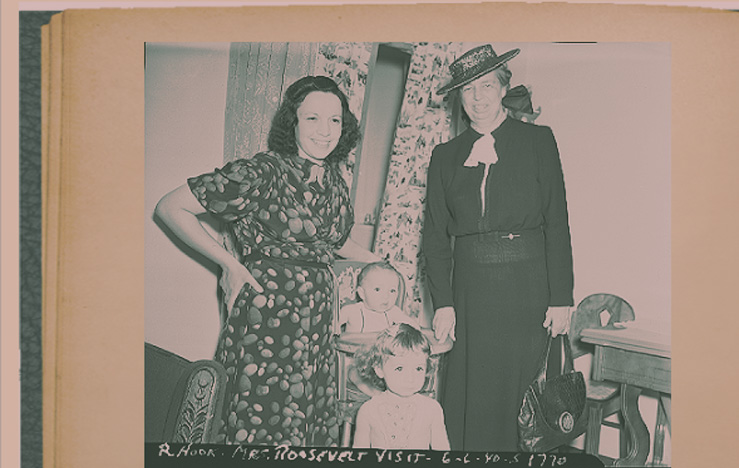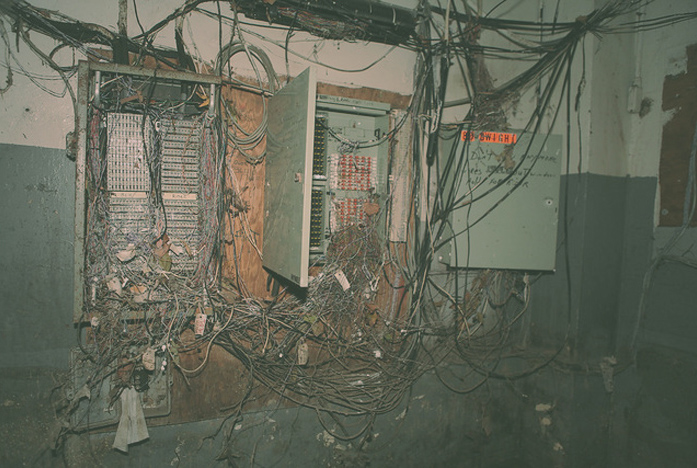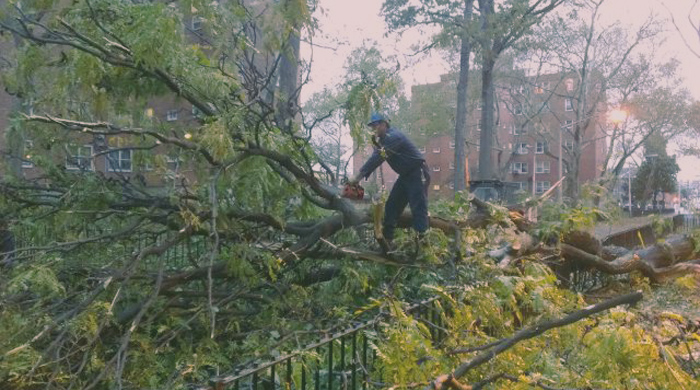The Serpentine
Mid-term week was over and Megan’s grades turned out to be better than she thought they would be. She had presented a group project with Waylen, which received high praise from their Local and Regional Geography teacher Mariana. Mariana had reported the cracked ground problem to the Red Hook Community Center as well as the NYC Department of City Planning. However, Megan convinced Waylen not to mention the jelly-like creature thing in their statements. She’s sure that Waylen was just confused and actually just saw a snail or earthworm. He has always been a Lovecraftian obsessed by the Cthulhu mythos. After all, Megan hadn’t seen anything strange.
Megan got home early so she could help her grandma with the laundry. They lived in the West Building of Red Hook Houses, which were experimentally built in the 1930s to house lower income people who had lived through the Great Depression. There were the second largest public housing complexes in New York City and the largest in Brooklyn. And they were even once visited by Eleanor Roosevelt.

Figure 1. The Red Hook Houses, Ruixuan Li, 2019.

Figure 2. The Red Hook Houses in 1939. Reference [1].
Figure 3. The Red Hook Houses in 1942. Reference [2].

Figure 4. Eleanor Roosevelt visited Red Hook Houses. Reference [3].
“Oh, Jesus! What are those?!” Grandma’s screams came from the balcony.
Megan rushed from her room to check on her grandma. Her grandma’s eyes were fixed to something downstairs. Turning her head towards where grandma was looking, Megan was startled by an apocalyptic scene: two surges of water were raging from Richards and Dwight into Wolcott Street, resembling two furiously colliding snakes, raging, howling, and twisting together. After a while of combat, they rallied and converged into a tempestuous river and briskly approached Megan and her grandma’s building. The public project’s entrances were completely blockaded by water!

Figure 5. Two surges of water raged into Wolcott Street, Ruixuan Li, 2019.
Megan and her grandma lived on the fifth floor, so they felt safe from the rising waters. The sun was already down, but through the dim light from the glimmering streetlamps, the flooded streets looked like a large fish farm. Soon afterwards, the houses’ lights gradually gave out. An hour later, their power went out too.

Figure 6. Barge in Sandy, Pascale Perrich, 2012.
Several days later, volunteers came to Red Hook to help clean up. Numerous tents were set up in the hallways of Megan’s building, and emergency supplies had been distributed door-to-door to residents in the public houses.
Megan was afraid to go outside. Her neighbors were spreading the word of harassment and assaults happening somewhere in the complex. Fortunately, Megan’s homework distracted her from these stories. After the network connection went down, Megan was entirely detached from social media and the outside world for days, and she devoted her energy to schoolwork.

Figure 7. Damage from Hurricane Sandy in Red Hook Houses (West) basement, NYCHA, 2012. flickr.

Figure 8. NYCHA Volunteer Efforts at Red Hook Houses After Hurricane Sandy, NYCHA, 2012. flickr.
About a week later, the water had completely receded. Megan decided to go out and get some fresh air.
As she passed through the project courtyard, Megan stepped on a lump of sticky tissue, slipped on it, and nearly fell. She looked back down to where she slid and saw a small section of tentacle swiftly shrinking into a storm drain. Its pale pink body looked like rotten jelly and left a trace of slime on its way down.
“Ah, no!” Megan cried and ran into the street to get away from it. She ran for a couple of blocks and unintentionally stopped at the Red Hook Foundation, stopped by a line of people outside of the door. People were gathering here to keep warm, charge their phones, and get emergency food kits, and in line, Megan saw Waylen.

Figure 9. NYCHA Woodside Houses - Hurricane Sandy, NYCHA, 2012. flickr.

Figure 10. Sinkhole created by Hurricane Sandy at Red Hook Houses (East), NYCHA, 2012. flickr.

Figure 11. Red Hook Senior Center (The prototype place of the Red Hook Foundation in the story), Ruixuan Li, 2019.
Waylen picked his way through the crowd and over to her and they got to talking. As he stood close, Megan noticed that he smelled like gasoline. He told her that he and his dad had been living in his dad’s truck since Sandy hit.
“I need to talk to you, Waylen! I saw...”
“I also saw those things! Now you believe me.”
Looking out toward Coffey park, Megan and Waylen watched some kids splashing in the deep water near the playground, paying no attention to the frayed wires that dangled overhead. It was a sunny day, and the bright sunlight shone through the ponds. Just below the surface, Megan and Waylen saw a ray of scaly reflections winding underwater. Turning to look at each other, Megan felt a shiver of goosebumps work their way down her spine.